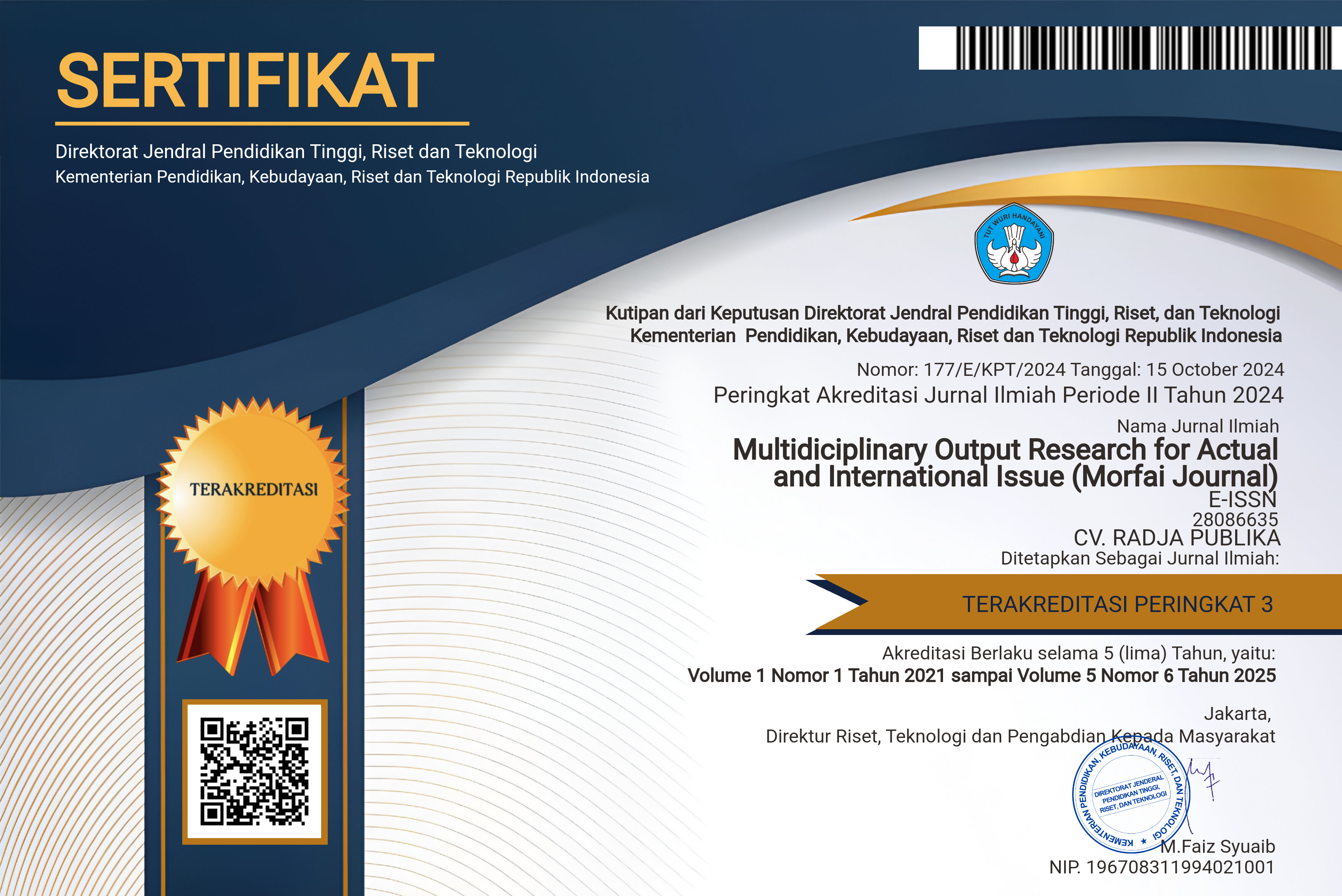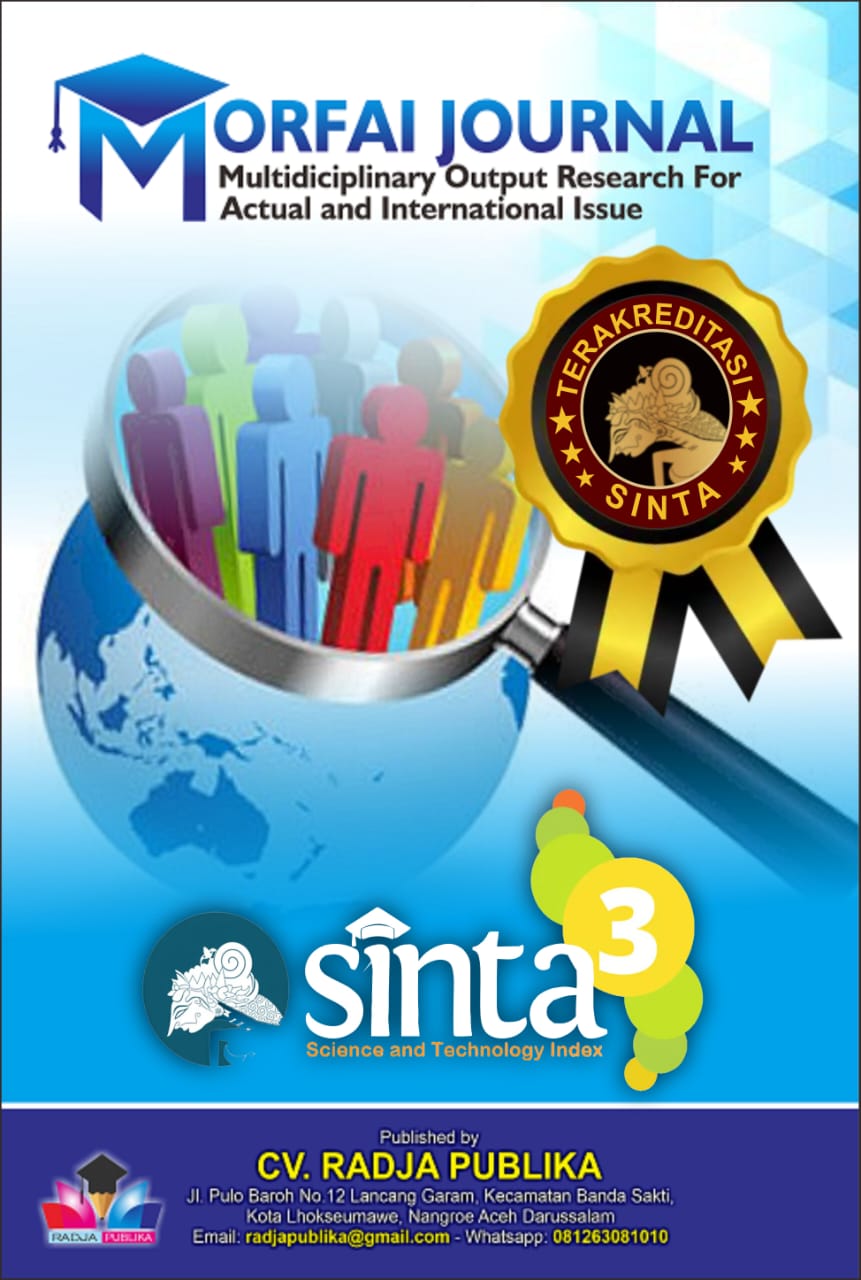A COMPARATIVE STUDY OF DIGITAL CRYPTOCURRENCY INVESTMENTS BASED ON CURRENCY LAWS AND GLOBAL ECONOMIC REGULATIONS: A CASE STUDY OF THE BIG FOUR ASEAN COUNTRIES
Main Article Content
Rico Nur Ilham
Irada Sinta
Fuadi
Arliansyah
Muhammad Multazam
The rapid advancement of financial technology has introduced cryptocurrency as a revolutionary innovation in the global digital economy. Despite its growing popularity as an investment instrument, the legal and economic frameworks governing cryptocurrency remain fragmented, particularly within the ASEAN region. This research aims to analyze the influence of currency law clarity and global economic regulation on cryptocurrency investment, with investor trust serving as a mediating variable, in the context of the Big Four ASEAN countriesIndonesia, Malaysia, Singapore, and Thailand. This study employs a normative juridical and descriptive quantitative approach. Data were collected through documentation, expert interviews, and focus group discussions (FGD) involving financial institutions such as OJK, Bank Indonesia, BEI, Phintraco Sekuritas, and the Directorate General of Taxes. Quantitative testing was conducted using Partial Least Squares Structural Equation Modeling (PLS-SEM) with SmartPLS 3.0 to assess the relationships among variables. The findings indicate that both currency law clarity and global economic regulation have a significant and positive effect on cryptocurrency investment, while investor trust plays only a limited mediating role. The strongest relationship is observed in Singapore, where the Payment Services Act (2019) provides comprehensive regulatory certainty and attracts institutional investors. In contrast, Indonesia’s fragmented regulatory stance recognizing crypto as a tradable commodity but not a legal tender creates uncertainty that weakens investor confidence. The study proposes the formulation of a “Triangle Policy Framework” integrating legal, economic, and fiscal regulation, and introduces the LCTR (Legal Cryptocurrency and Tax Revenue) model to optimize digital asset governance and fiscal transparency. This integrated model is expected to strengthen investor protection, enhance legal certainty, and support sustainable digital economic growth in the ASEAN region.
Abdillah, L. A., & Ilham, R. N. (2022). Legal Perspective and Tax Implication of Cryptocurrency Transaction in Indonesia. Journal of Digital Economy and Law, 5(2), 45–58. https://doi.org/10.xxxxx/jdel.2022.052
Azizah, R., & Irfan, M. (2020). Virtual Currency as a Digital Investment Instrument: Legal Challenges and Policy Implications in Indonesia. Jurnal Hukum dan Pembangunan Ekonomi, 10(1), 34–49.
Bank Indonesia. (2019). Peraturan Bank Indonesia No. 21/12/PBI/2019 tentang Penyelenggaraan Teknologi Finansial. Jakarta: BI Press.
Bappebti. (2018). Peraturan Menteri Perdagangan Republik Indonesia Nomor 99 Tahun 2018 tentang Kebijakan Umum Penyelenggaraan Perdagangan Berjangka Aset Kripto. Jakarta: Kementerian Perdagangan RI.
FATF. (2022). Updated Guidance for a Risk-Based Approach to Virtual Assets and Virtual Asset Service Providers. Paris: Financial Action Task Force.
Harahap, R., Ilham, R. N., & Lubis, S. (2017). The Role of Blockchain Technology in Ensuring Transparency and Security of Cryptocurrency Transactions. Journal of Economic Perspectives, 4(2), 100–115.
Ilham, R. N. (2019). Bitcoin Transactions and Their Impact on Tax Revenues in Indonesia. Journal of Economic and Fiscal Policy, 8(1), 55–70.
Ilham, R. N., & Harahap, S. (2022). Risk and Return Model of Cryptocurrency Investment in Indonesia. Jurnal Ekonomi dan Keuangan Digital, 7(3), 45–59. [https://doi.org/10.xxxxx/jekd.2022.73](https://doi.org/10.xxxxx/jekd.2022.73)
Ilham, R. N., & Harahap, S. (2024). Phenomenology Study of Legal Cryptocurrency and Tax Revenue (LCTR) in Islamic Economic Perspective. Jurnal Mizani: Wacana Hukum, Ekonomi, dan Keagamaan, 11(1), 22–36.
Ilham, R. N., Lubis, M., & Harahap, S. (2024). Economic Stability Analysis During the COVID-19 Pandemic: Inflation, Exchange Rate, and Money Supply in Indonesia. Jurnal Ilmiah Ekonomi dan Bisnis, 15(2), 90–104.
Lintner, J. (1965). The Valuation of Risk Assets and the Selection of Risky Investments in Stock Portfolios and Capital Budgets. Review of Economics and Statistics, 47(1), 13–37.
Monetary Authority of Singapore (MAS). (2019). Payment Services Act 2019. Singapore: Government of Singapore.
OECD. (2022). Crypto-Asset Reporting Framework and Amendments to the Common Reporting Standard. Paris: Organisation for Economic Co-operation and Development.
Peltzman, S. (1976). Toward a More General Theory of Regulation. Journal of Law and Economics, 19(2), 211–240.
Sharpe, W. F. (1964). Capital Asset Prices: A Theory of Market Equilibrium under Conditions of Risk. Journal of Finance, 19(3), 425–442.
Stigler, G. J. (1971). The Theory of Economic Regulation. Bell Journal of Economics and Management Science, 2(1), 3–21.
Thailand Securities and Exchange Commission. (2020). Digital Asset Business Royal Decree (2018). Bangkok: SEC Thailand.
World Bank. (2023). Global Financial Development Report: Reimagining Regulation for the Digital Age. Washington, DC: The World Bank.









